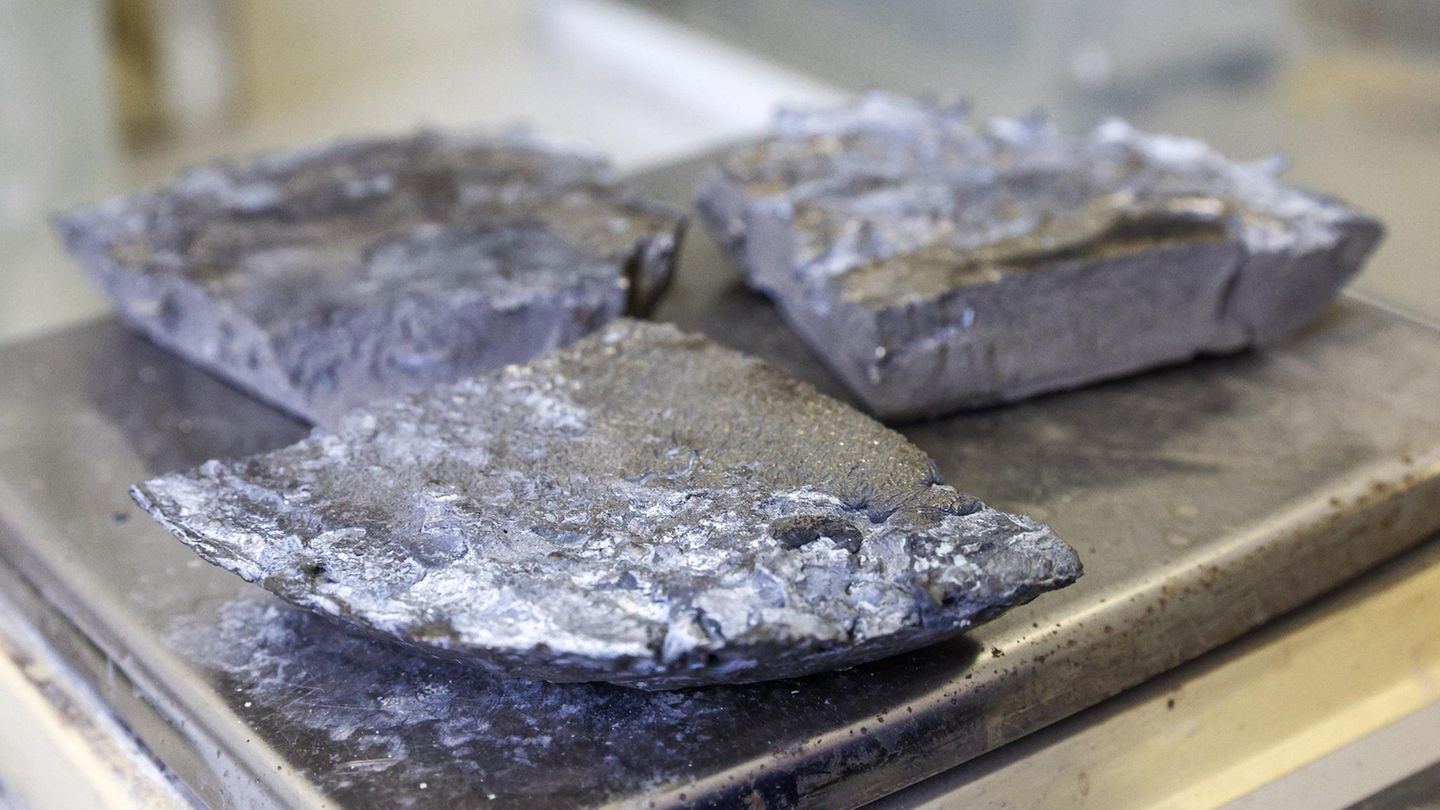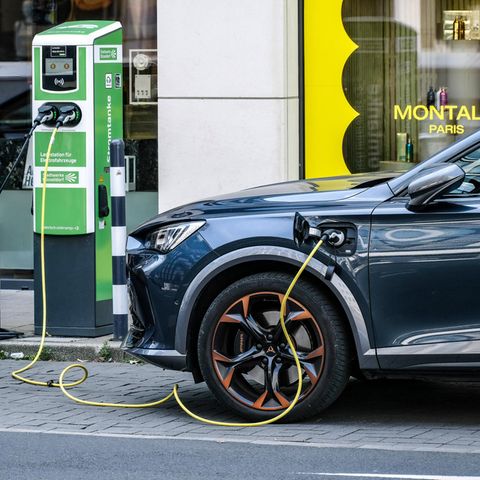Rare earths
Germany depends on China
Copy the current link
Add to the memorial list
For batteries in cars, smartphones or electric vehicles, Germany needs one thing above all: rare earths. But they are rare in this country – and therefore a problem.
The dependence on Germany and the EU of China in the supply of rare earths is still great. In the past year, Germany imported two thirds (65.5 percent) of these important raw materials from the People’s Republic, for the EU countries the proportion was 46 percent, as the Federal Statistical Office in Wiesbaden announced on Wednesday.
The amount of rare earths introduced by Germany died by almost 13 percent compared to the previous year.
What are rare earths?
Rare earths are important raw materials for the production of many high technology products such as batteries, semiconductors or magnets for electric motors. This includes 17 elements, including neodymium, praseodym and samarium. However, they are hardly broken down in Germany or the EU, because the effort and the follow -up costs for the environment are very high.
According to statistics, Germany imported 5,200 tons of rare earths worth 64.7 million euros last year. That was 700 tons less than in 2023, which was worth EUR 66 million by 1.3 million euros.
The second most important country of origin for rare earths was according to the information in Austria last year – from there Germany moved into 1200 tons, a share of around 23 percent. In third place, Estonia followed with 300 tons. Rare earths are processed in both countries – but where they come from, it is not clear: the original origin is statistically not detectable, the Federal Office said.
EU wants to free itself from import dependency
According to the European Statistics Authority, the EU countries introduced a total of 12,900 tons of rare earths last year; The value was 101 million euros. 46.3 percent came from China, 28.4 percent from Russia and 19.9 percent from Malaysia.
The EU has classified some raw materials as strategically important. This includes the rare earths neodymium, praseodym, terbium, dysprosium, gadolinium, samarium and cer. Due to their importance, a maximum of 65 percent of the needs are to be covered by the import from a respective state by 2030. In many rare earths, however, the proportion was significantly higher in 2024.
In order to achieve its goal, the EU wants to strengthen its own production and recycling of raw materials and diversify the sources of supply.
AFP
CL
Source: Stern





